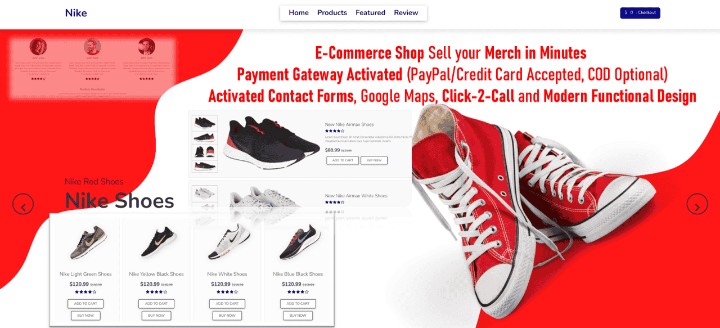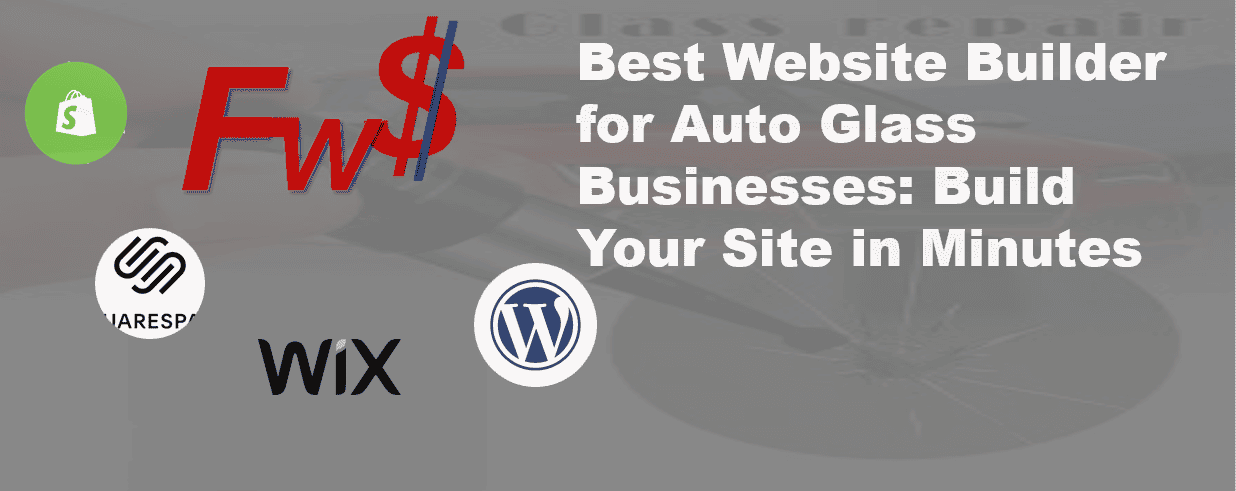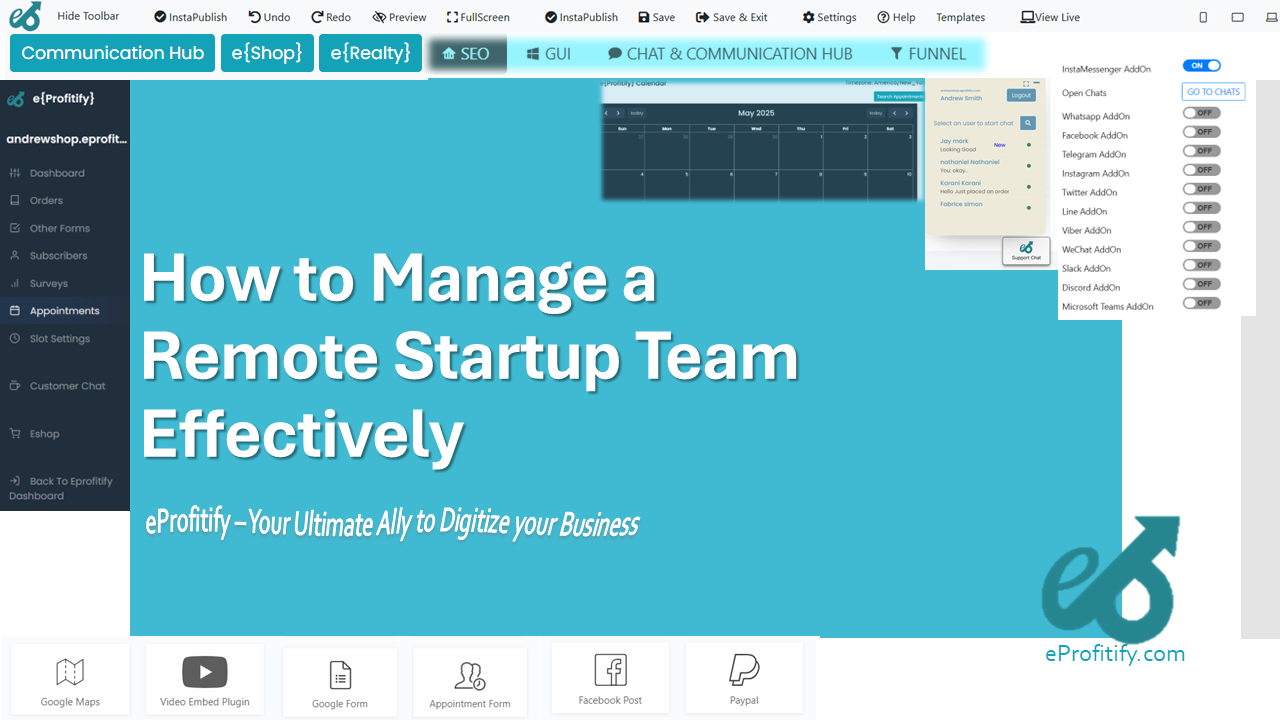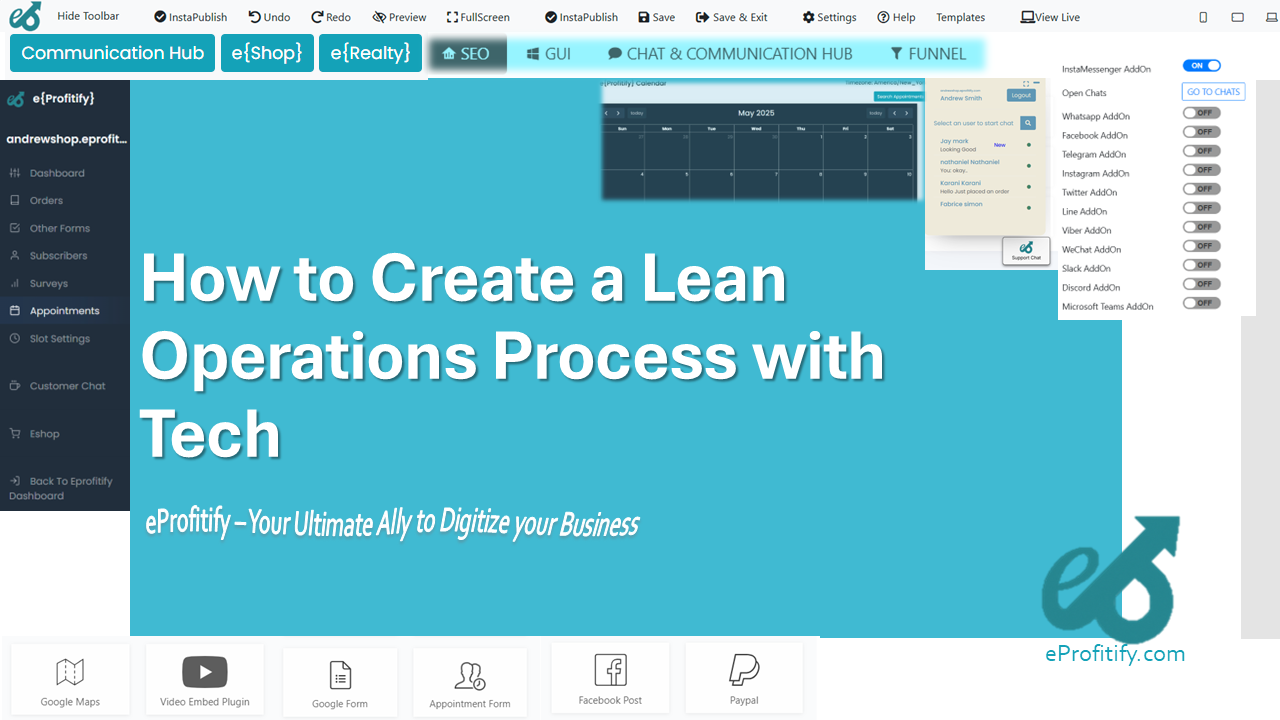Collaborating with Local Businesses for Co-Branding Opportunities
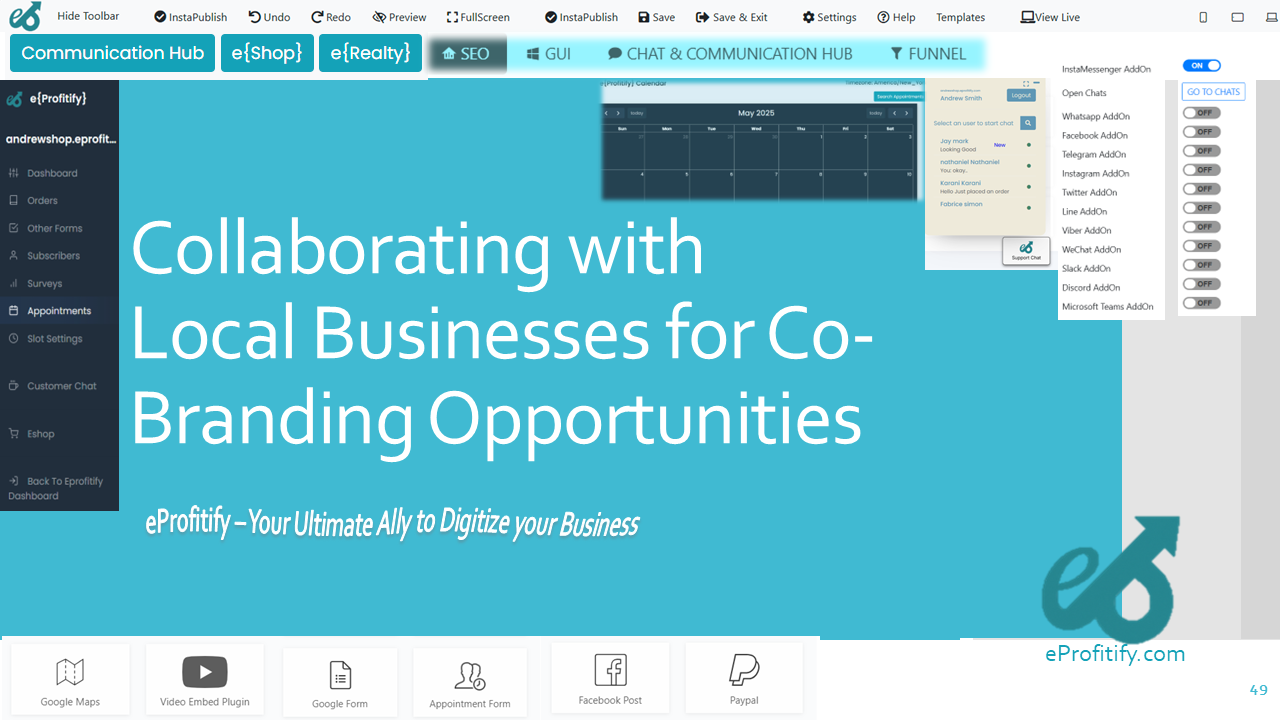
Collaborating with Local Businesses for Co-Branding Opportunities: Strategies and Benefits
In today’s competitive marketplace, businesses—especially local ones—are constantly seeking innovative ways to differentiate themselves and expand their reach. One powerful strategy gaining traction is co-branding, where two or more brands collaborate to create a unified product, service, or campaign. For local businesses, co-branding offers a unique opportunity to pool resources, tap into new audiences, and build credibility. In this article, we’ll explore the value of co-branding for local businesses, share actionable strategies, and highlight how tools like eProfitify—a comprehensive website publishing and management platform—can streamline these partnerships.
The Power of Co-Branding for Local Businesses
Co-branding is not just a trend; it’s a strategic move with measurable benefits. According to a 2022 report by Statista, 64% of consumers say collaborations between brands make them more interested in purchasing from one or both companies. For local businesses, the advantages are even more pronounced:
-
Expanded Audience Reach
Partnering with another local business allows both brands to cross-promote to each other’s customer bases. For example, a bakery collaborating with a local café can attract coffee lovers to its pastries and vice versa. -
Cost Efficiency
Shared marketing budgets reduce financial strain. A study by HubSpot found that 40% of small businesses collaborate to cut advertising costs while doubling their campaign impact. -
Enhanced Trust
Local businesses inherently benefit from community loyalty. Co-branding amplifies this trust: 76% of consumers prefer buying from brands they perceive as “community-focused,” per a Nielsen survey. -
Innovative Offerings
Partnerships often lead to creative products or services. Imagine a fitness studio teaming up with a health food store to offer packaged “wellness bundles.”
Key Strategies for Successful Co-Branding
To maximize the potential of co-branding, local businesses should follow these steps:
1. Identify Complementary Partners
Choose businesses that align with your values and audience but aren’t direct competitors. For instance:
- A bookstore + a local coffee shop = a cozy reading lounge experience.
- A pet groomer + a veterinary clinic = a pet wellness package.
Pro Tip: Use social media or community events to discover potential partners. Tools like eProfitify’s CRM can help track interactions and identify synergies.
2. Define Shared Objectives
Both parties must agree on goals, whether it’s increasing foot traffic, launching a joint product, or boosting online sales. Clear KPIs, such as a 20% rise in social media followers or 15% revenue growth, ensure accountability.
3. Leverage Digital Tools
Effective collaboration requires seamless communication and coordination. Platforms like eProfitify simplify this with features such as:
- Instant Messaging: Real-time chat keeps teams connected.
- Appointment Management: Sync calendars for joint events or promotional activities.
- Ecommerce Integration: Co-sell products on a unified online storefront.
4. Create Co-Branded Campaigns
Develop campaigns that highlight both brands. Examples include:
- Social media giveaways (e.g., “Tag a friend for a chance to win a gift card from both stores!”).
- Limited-edition products (e.g., a brewery and a pizzeria creating a “Beer and Pizza Pairing Kit”).
Stat Alert: Co-branded campaigns generate 2.5x more engagement on Instagram than solo efforts, per Hootsuite.
5. Measure and Optimize
Track metrics like website traffic, sales conversions, and social engagement. eProfitify’s analytics dashboard centralizes data from both brands, making it easier to assess ROI.
Overcoming Co-Branding Challenges
While rewarding, co-branding comes with hurdles:
- Misaligned Brand Identities: Ensure logos, tone, and messaging are cohesive.
- Resource Imbalance: Use project management tools to divide tasks equitably.
- Legal Complexities: Draft clear agreements on revenue sharing and intellectual property.
Local businesses can mitigate these risks with transparency and the right tech stack.
How eProfitify Supports Co-Branding Success
eProfitify emerges as a game-changer for local businesses pursuing co-branding. As an all-in-one website publishing and management platform, it offers features tailored to streamline partnerships:
-
Unified Online Presence
Create co-branded landing pages or microsites in minutes. Showcase joint offerings with drag-and-drop design tools. -
Instant Messaging & Collaboration
Built-in chat functionality ensures constant communication, reducing delays in decision-making. -
Appointment Management
Coordinate pop-up events, workshops, or consultations with a shared scheduling system. -
Ecommerce Solutions
Sell co-branded products seamlessly. Track inventory, payments, and customer data in one place. -
CRM Integration
Manage leads and customer interactions from both brands, ensuring personalized follow-ups. -
Analytics Dashboard
Monitor campaign performance with real-time insights, from web traffic to conversion rates.
Stat to Note: Businesses using integrated tools like eProfitify report a 30% reduction in operational costs and a 50% faster campaign launch time (Source: eProfitify Case Studies, 2023).
Real-World Success Stories
-
Fitness Studio + Wellness Brand
A yoga studio partnered with a local organic skincare line to offer “Self-Care Sundays.” Participants received a free skincare sample after classes. Using eProfitify, they promoted the event via email campaigns and sold bundled products online, resulting in a 25% attendance increase. -
Farmers’ Market + Food Delivery App
A regional app collaborated with 10+ vendors to launch a “Local Harvest Box.” eProfitify’s CRM tracked customer preferences, while its ecommerce tools handled subscriptions, boosting vendor sales by 40%.
Conclusion
Co-branding is a catalyst for growth in the local business ecosystem. By combining strengths, partners can unlock new revenue streams, foster customer loyalty, and stand out in crowded markets. However, success hinges on strategic alignment, clear communication, and leveraging technology to simplify collaboration.
Platforms like eProfitify are indispensable in this journey. With its robust toolkit—from instant messaging to analytics—it empowers businesses to focus on creativity rather than logistics. As co-branding continues to rise (72% of SMEs plan to pursue partnerships in 2024, per Forbes), adopting such tools will be vital for staying competitive.
In a world where consumers crave authenticity and connection, local businesses that collaborate—and use smart solutions to do so—will thrive.
- Sources Cited: Statista, HubSpot, Nielsen, Hootsuite, eProfitify Case Studies, Forbes.
